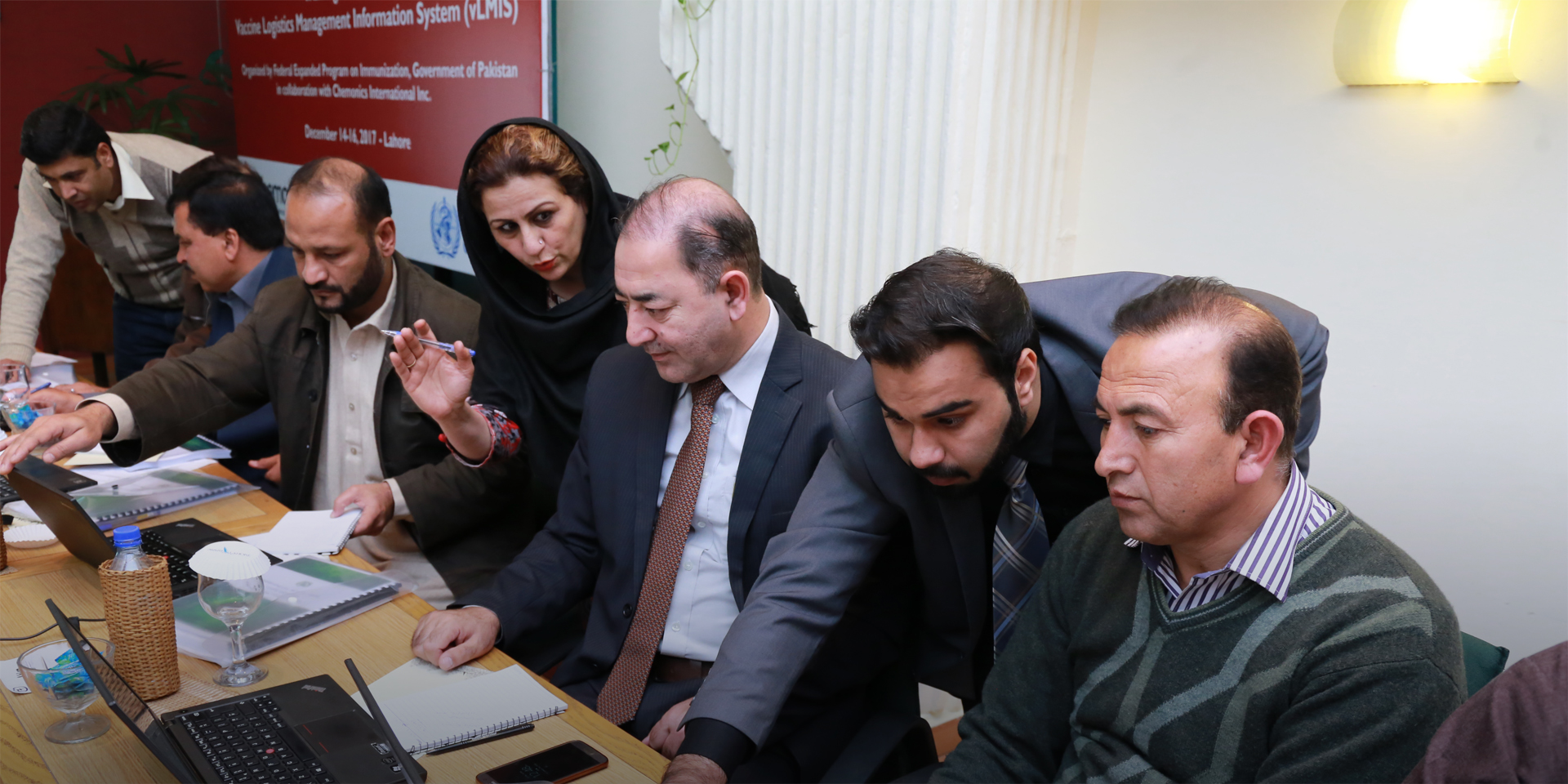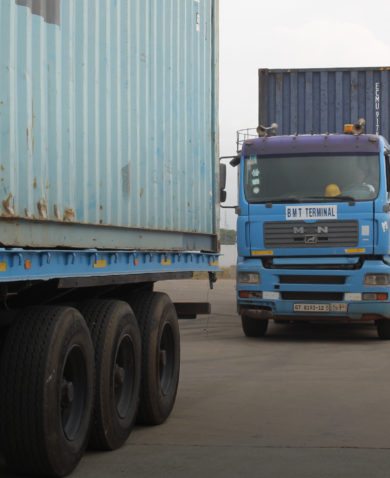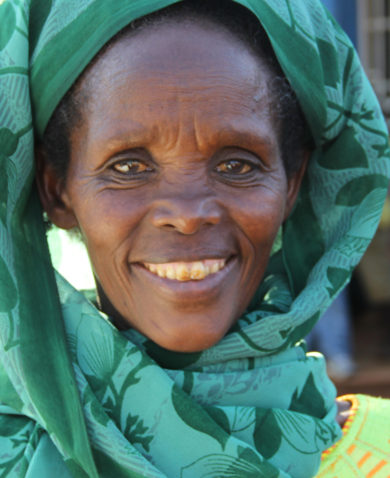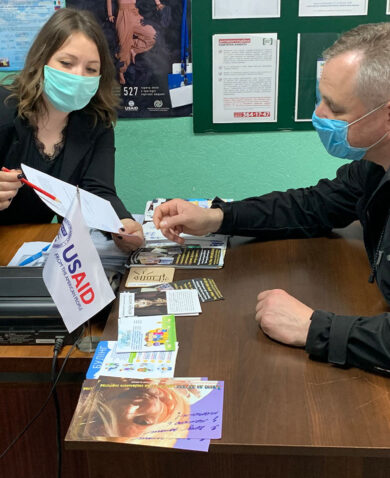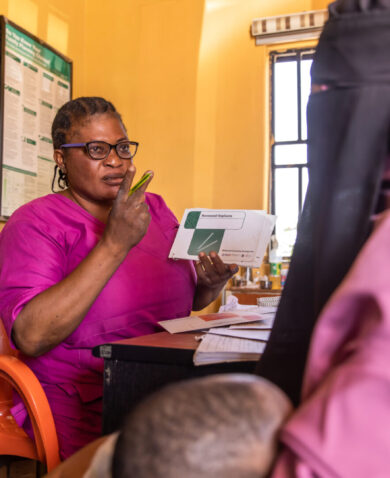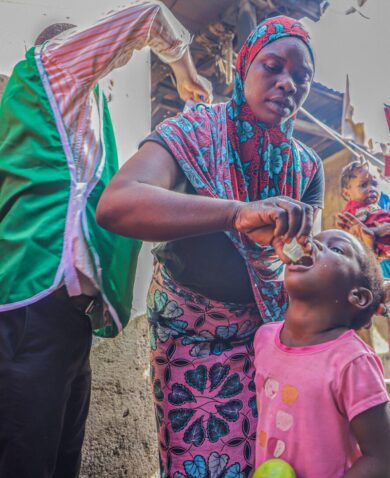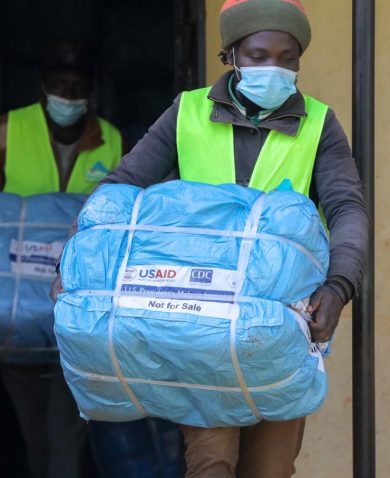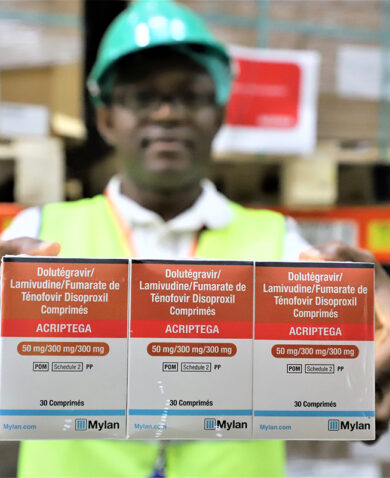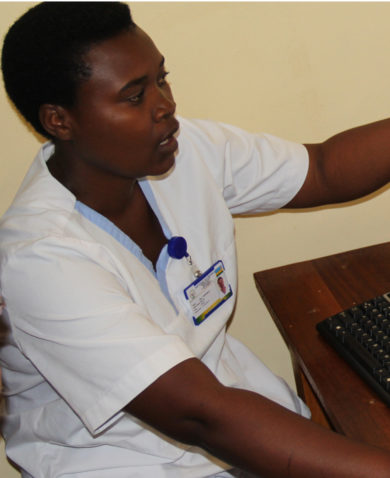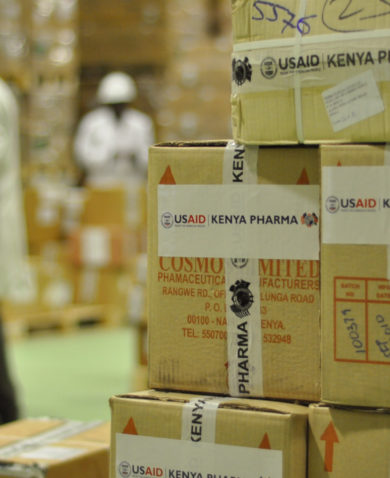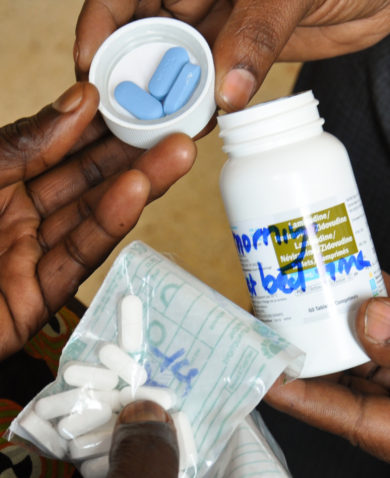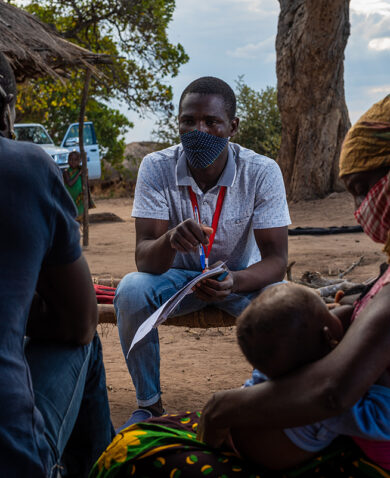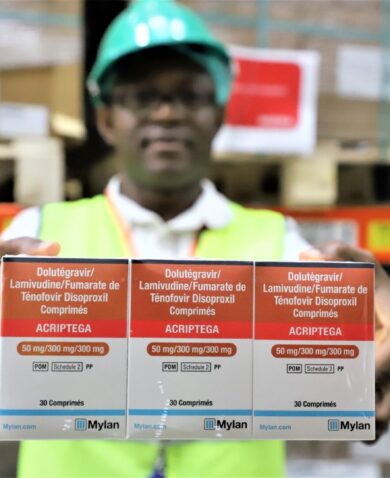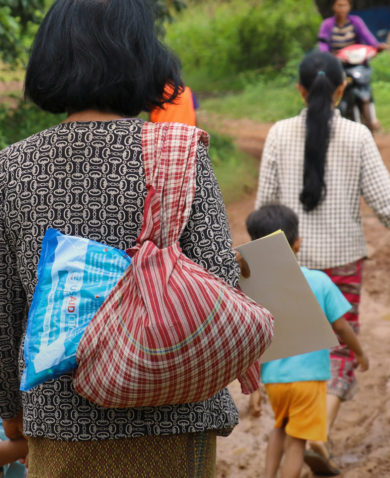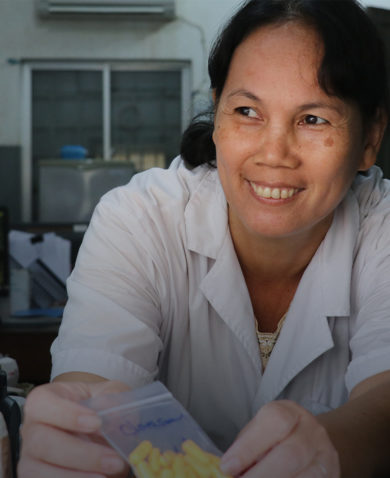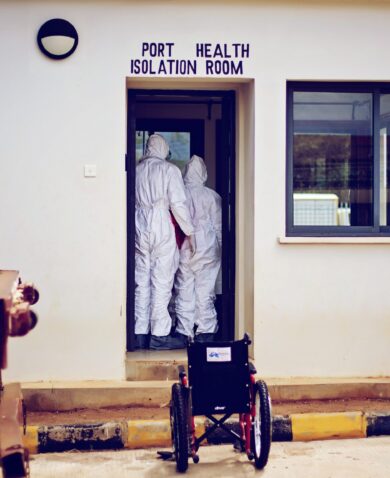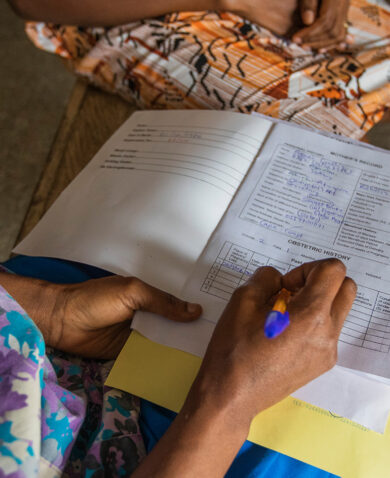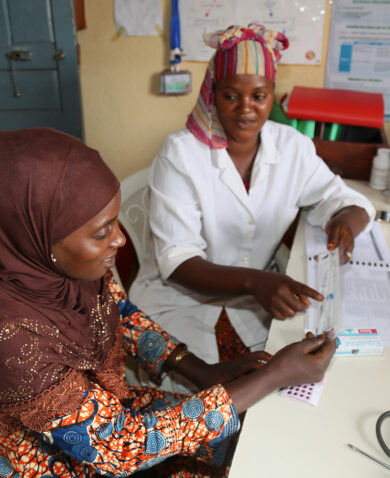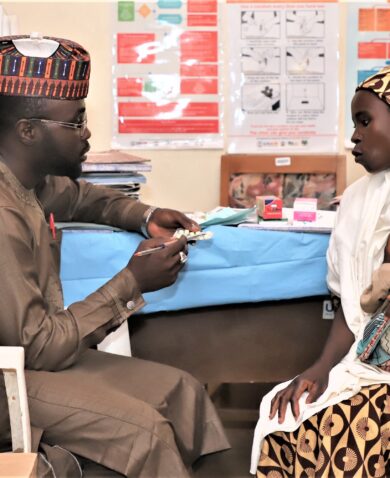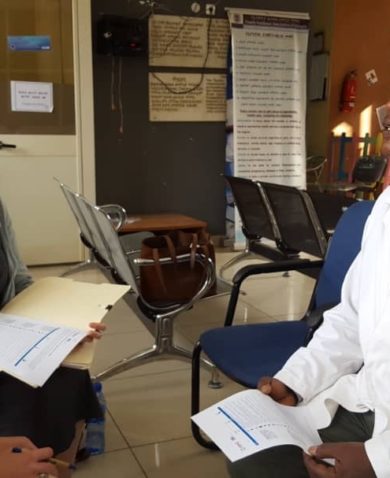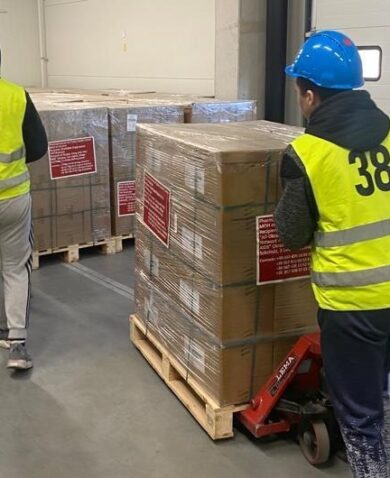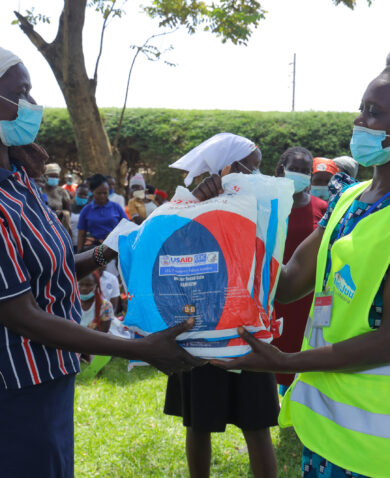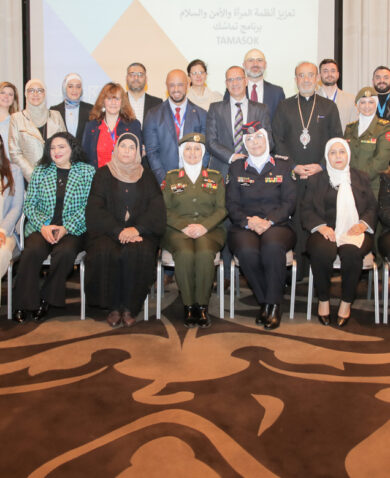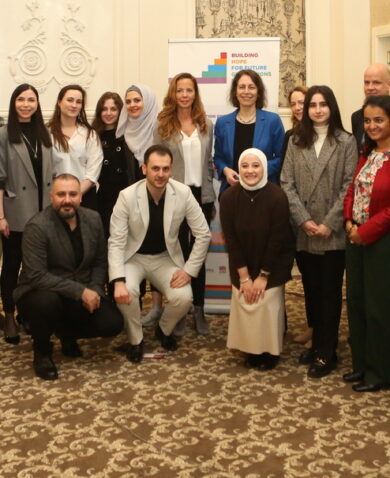Scaling Up to Meet Demand
In 2014, in collaboration with USAID, Pakistan’s Ministry of National Health Services, Regulation, and Coordination launched a web-based vLMIS in 54 priority districts for polio. After experiencing improved insight into stock status and consumption, which enabled districts to better plan their procurements and coverage campaigns, in 2015 the provincial government of Sindh requested that the vLMIS be instituted in all districts and towns in the province.
By 2017, the national government decided to scale up the vLMIS beyond the 83 districts and towns (out of Pakistan’s total of 161) where vaccine and cold-chain data for temperature-controlled supply chains was being reported monthly. A vLMIS scale-up activity in December 2017 and January 2018, supported by the World Health Organization in partnership with Chemonics through USAID’s Global Health Supply Chain Program – Procurement and Supply Management (GHSC-PSM) project, expanded data visibility for vaccines to 116 districts across Pakistan. GHSC-PSM is supporting USAID, the President’s Emergency Plan for AIDS Relief, the President’s Malaria Initiative, and other donors in their efforts to build better visibility to aid government decision-making, using more analytical, data-driven methods to help with supply planning. By pioneering the use of several promising technologies, such as the vLMIS, GHSC-PSM works with host-country governments — including Pakistan — to improve their supply chain processes and increase end-to-end data visibility.
“This scale-up graduates Pakistan to a new arena of vaccine supply chain management whereby all districts of Pakistan will be reporting on a single platform in a uniform format, introducing data visibility, transparency, and governance like no other time in the country’s history,” said Dr. Saqlain Ahmad Gilani, national program manager of the Federal Expanded Program on Immunization (EPI).
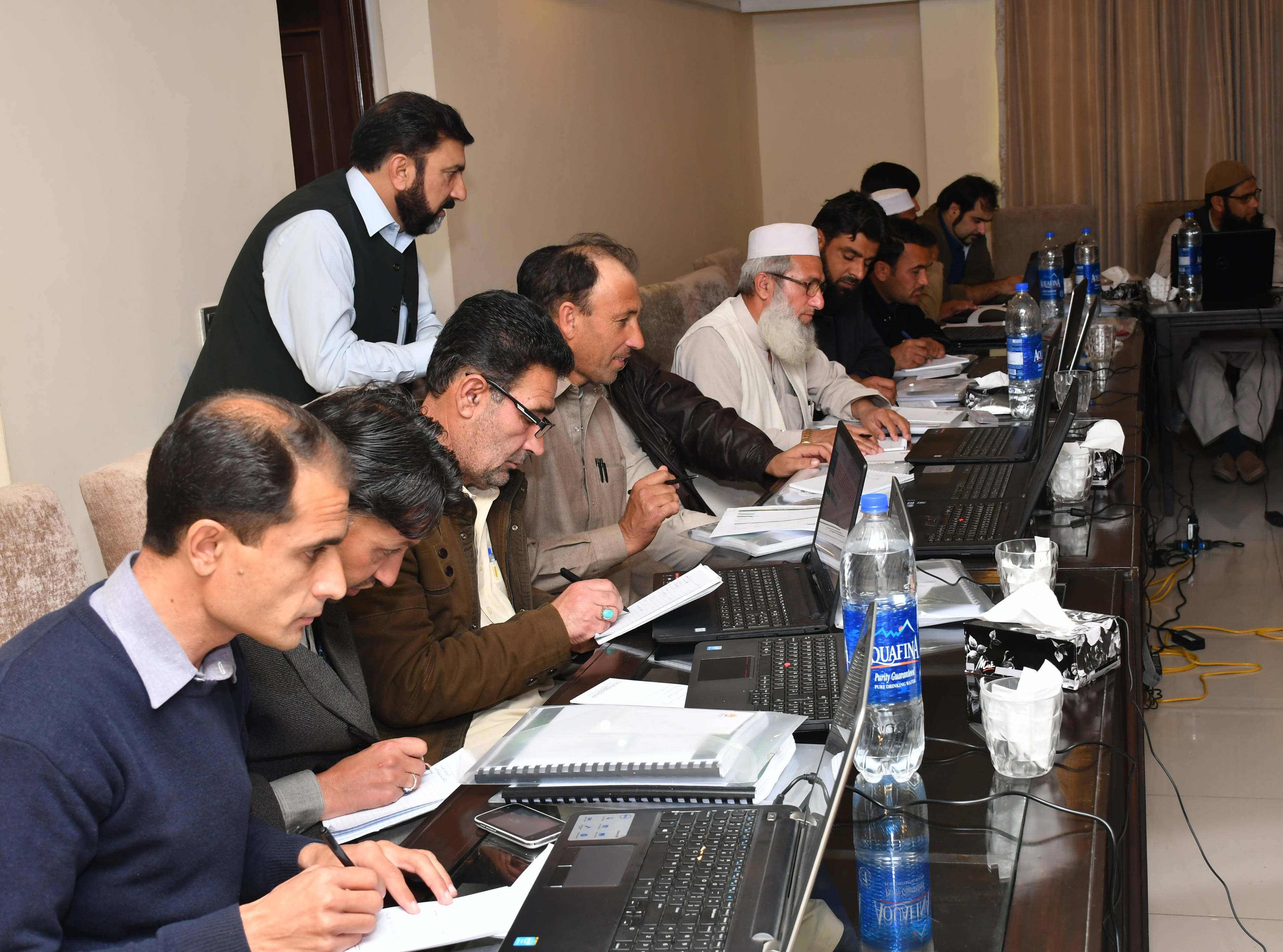
Building a Workforce to Eradicate Preventable Diseases
A new vLMIS platform solves the many technological problems facing unification of vaccine supply chain data in Pakistan. But what about the logistical challenges? Given limited resources, it is especially hard for Pakistan’s health workforce to create and maintain sustainable systems. To mitigate this problem, the scale-up activity used a “training of trainers” approach to build the long-term skills of federal, provincial, and district employees from Pakistan’s EPI.
Over the course of three days in December, more than 400 government officials from 116 districts took part in hands-on training exercises that included a comprehensive participant guide and job aids. The identified master trainers (MTs) also attended tailored sessions on vaccine supply chain, cold-chain equipment management, inventory management, and consumption reporting; in turn, these MTs delivered the same training to the district-level vLMIS operators. According to a comprehensive evaluation conducted through pre- and post-session tests, the MTs increased their understanding of supply chain basics and operating the vLMIS by 51 percent.

